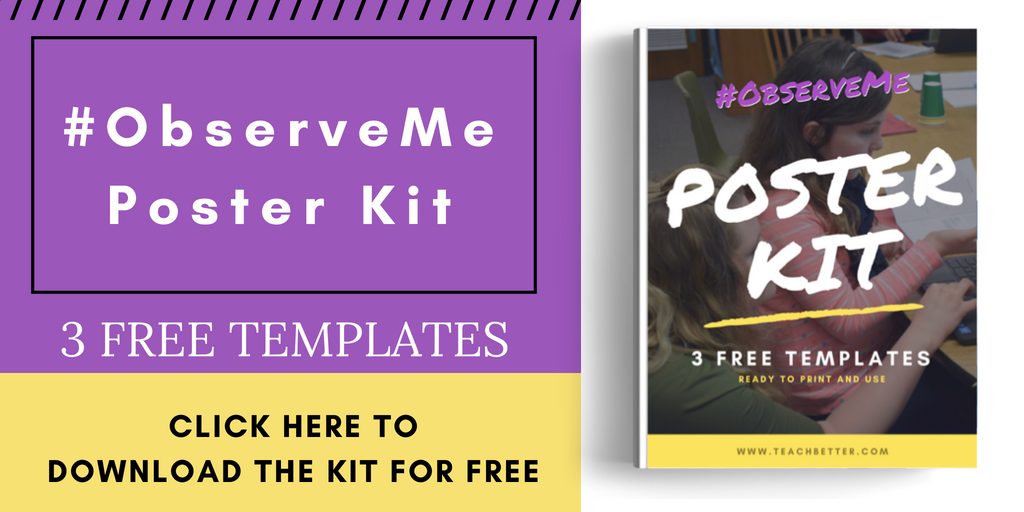TL;DR:
- Be authentic in the classroom.
- Make connections with children through purposeful activities such as games.
- Develop classroom norms together and review them often.
- Take time daily to self-reflect and make a plan for the next day.
Justin joined Rae on the Daily Drop In to chat about teacher authenticity.
Be Authentic
We often hear about the importance of authenticity in the classroom. We ask teachers to be their authentic selves to create a positive learning environment.
Well, being authentic is easier said than done, especially for new teachers. New teachers are consumed with concerns about classroom management and curriculum expectations. These concerns make it extremely difficult for a teacher to be confident in the classroom, which can result in a lack of authenticity. Often, new teachers revert to outdated practices as an attempt to solve the problems they are facing. For instance, they try to stop off-task conversations by implementing Ms. Smith’s “no-talking” rule from fourth grade, or they attempt to deal with discipline issues by reinstating Mr. White’s “no compliance, no seat” rule from 7th grade. None of these strategies are effective. They become the go-to when teachers are feeling the pressures of the classroom. Fortunately, all of this can be avoided by focusing on three things.
New teachers are consumed with concerns about classroom management and curriculum expectations. These concerns make it extremely difficult for a teacher to be confident in the classroom, which can result in a lack of authenticity. Click To TweetMake Connections
First, engage students in regular connection activities that build a sense of community. Connection activities can range from a simple 5 minute this or that warm up to a 45-minute restorative circle. Doing this early and often at the beginning of the school year helps build a positive learning environment that is supportive of all members.
Classroom Norms and Expectations
Secondly, start the school year or semester with collaborative activities to establish the dos and don’ts of the classroom. Really provide students with an opportunity to share their voice to help establish a positive classroom culture. And, always remember to revisit and emphasize the norms and expectations so that they become internalized by each community member. Doing this will create an inclusive environment where all feel welcomed.
[scroll down to keep reading]
Self-Reflect

Finally, spend time reflecting. Teachers have to make hundreds of decisions every day and sometimes those decisions aren’t always the best. This is why it is essential to spend a little bit of time reflecting on those decisions. It is imperative that we reflect on our decisions and actions to determine if our decisions align with our personal values as educators. Engaging in daily journals, conversing with a trustworthy friend, or reviewing the day on your drive home are great ways to maintain your true self in the classroom.
Taking the time to engage in connection activities, providing students with a voice, and spending a few minutes each day self-reflecting will ensure that you stay true to yourself and avoid replicating your teachers of the past. Ultimately, be the teacher these kids need!
About Justin Comegys
Justin Comegys is an educator from Delaware who has served in numerous roles within the education field. He began his career as a social studies teacher in both a comprehensive and vocational high school. Following his years in the classroom, Dr. Comegys took on the role of an ELA/Social Studies District Instructional Specialist and then transitioned into his current position as an Administrator where he has both middle and high school experience. In addition to his current role, Dr. Comegys collaborates with educators from around the world to promote teacher unity through his online teacher support platform, Flex4Teachers.com.



